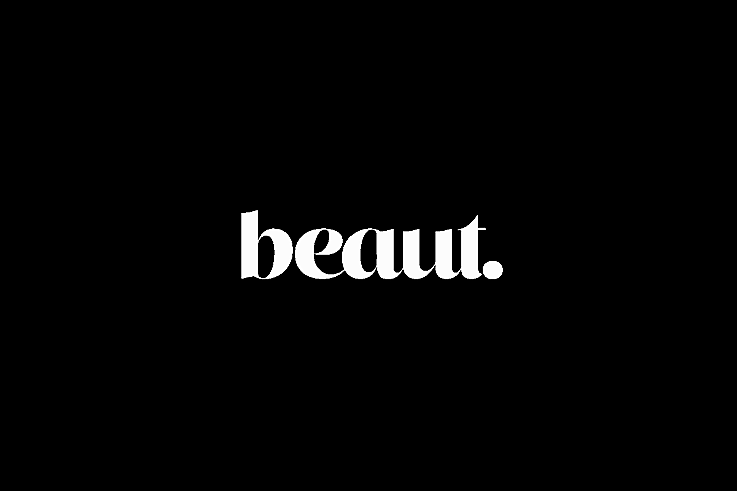
Our Wellbeing Expert, yoga teacher Niamh Deans, enlightens us on the actual meaning of 'the core' and shares some helpful yoga poses.
In her second column, Niamh Deans, of ND Yoga, explains what the core is while demonstrating some useful core-strengthening poses. Read her first article, 'Everything You Wanted to Know About Yoga', here.
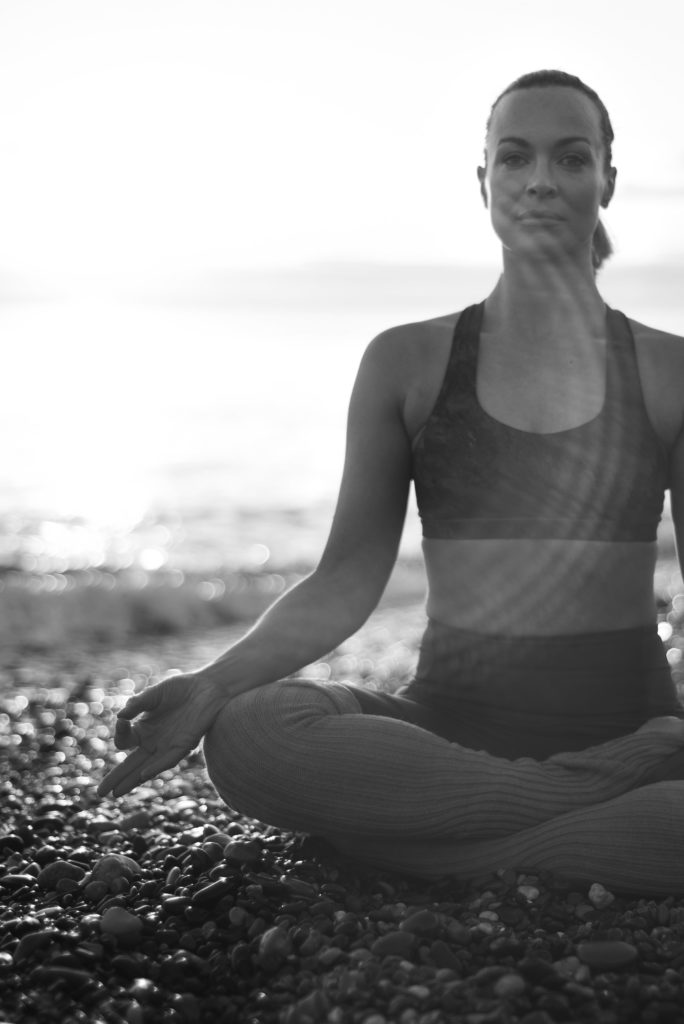
Do you ever feel like you've got a knot in your tummy? We hold so much in our bodies that we are not even aware of.
I recently did a full body scan relaxation practice (Spirit Rock provides free resources with audio meditations and relaxations to listen to). Now, I thought I was pretty relaxed. I was amazed when I hit the core area how much tension I was actually holding in my tummy. When I physically and consciously drew awareness there, I noticed my whole core physically relax and allow the tension to leave. Our core is intrinsically linked with our body function - emotionally and physically. Your 'gut instinct' leads the way if you can listen to it. It is your body’s way of communicating.
I have noticed since strengthening the core area that I feel more powerful in other areas of my life. Peter Strick, professor and chair of the department of neurobiology at the University of Pittsburgh Brain Institute (‘Why One Neuroscientist Started Blasting his Core’) sums it up. He says, "There’s all this evidence that core strengthening has an impact on stress. And when you stand up straight, it has an effect on how you project yourself and how you feel."
Where is the core?
The core is the one area of the body that always garners a reaction. When I ask people what do they think of when they think of their core, this the answer pretty much always comes back: the abdominal muscles and the area at the front of the tummy. Also, people have a lot of opinions and emotional stuff going on in relation to their core, whether it is perceived as being weak or too big or un-toned. But, the core is a circumference; it is not simply the abdominal area. The core is the full 360 from the pelvic floor, lower tummy and lower back all the way to the base of the diaphragm.
Boat Pose (core strengthener)
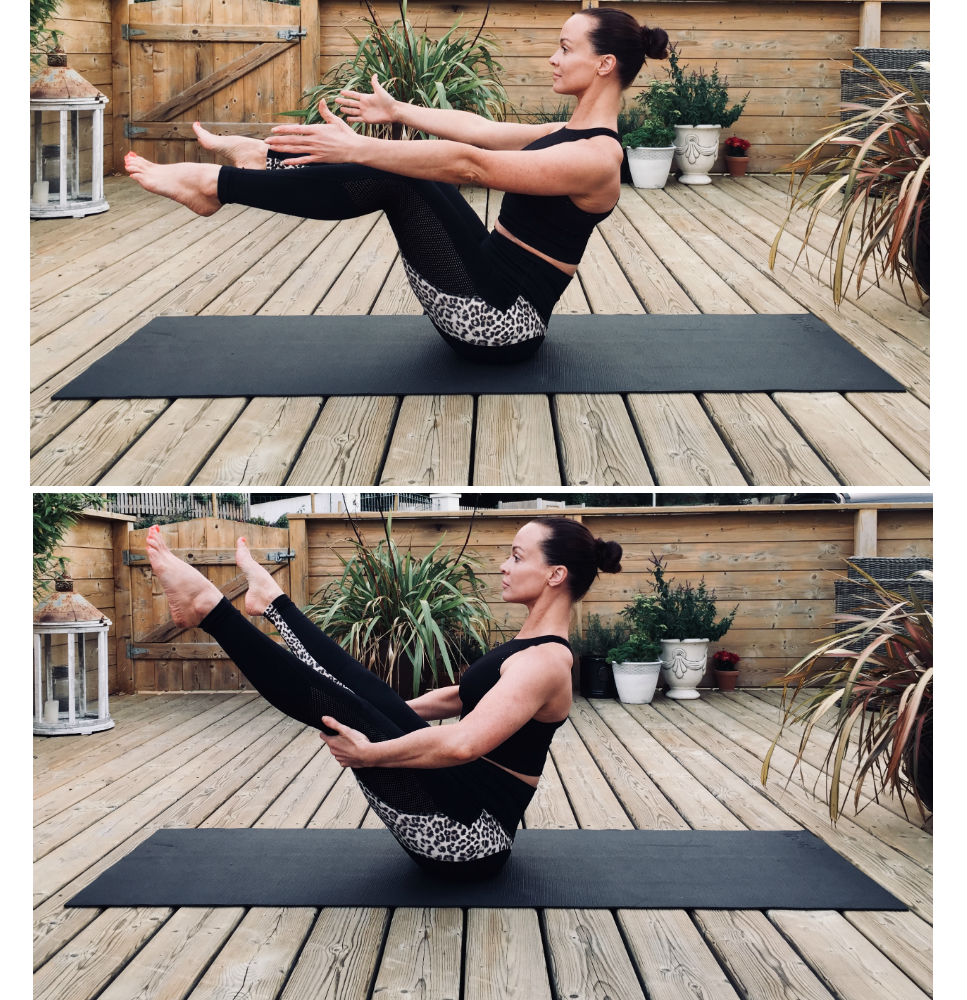
In some schools of yoga, the base of the tongue is viewed anatomically as the top of the core. Lions Breath is used to release waste from the body via the breath and also to invigorate the internal systems. Sadie Nardini, founder of Core Strength Vinyasa Yoga, focuses teachings on the tongue as the end of the myofascial muscle meridian called the Deep Front Line. It is the deepest core line to the spine and starts at the big toe and runs all up to the body to the base of the tongue.
I include locust pose in my classes to strengthen the lower back muscles. This is a drill practice for me and akin to 'eat your greens'. Your 50, 60 and 70-year-old self will thank you for it. Strengthening the back body and engaging the body correctly from the feet up, lifting up through the pelvic floor and lower tummy and lower back engages and strengthens and builds body awareness. Much of the lower back problems we suffer with are due to sitting at desks, driving cars and so forth and these deep lower back muscles weaken, and as we age they deteriorate.
Three Versions of Locust Pose
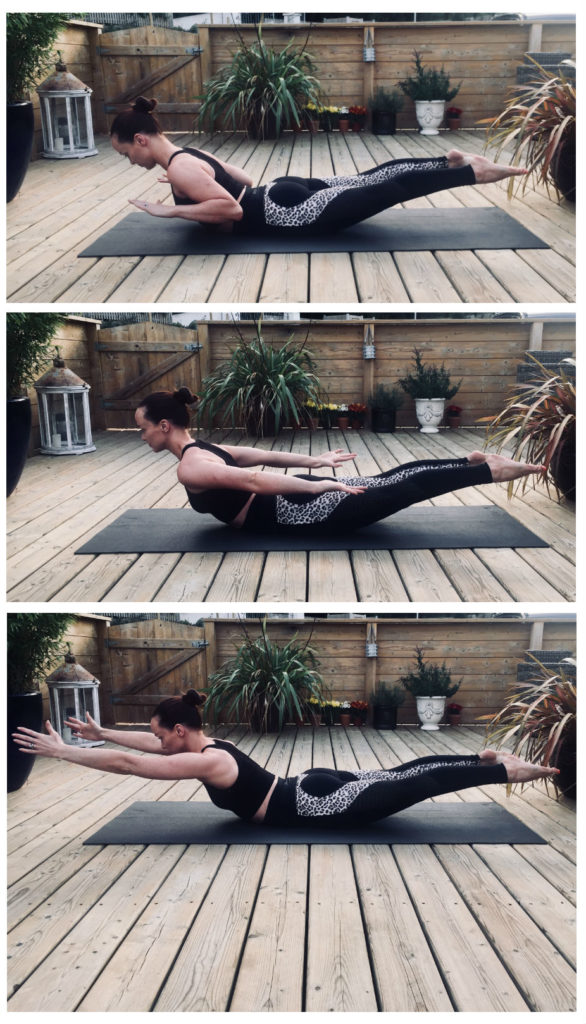
So, we have the pelvic floor muscles, the abdominal muscles, the iliopsoas and the diaphragm making up the primary components of the core. The iliopsoas is the psoas and illiacus muscles and is at the very centre of the core. In standing postures in yoga, the iliopsoas works with the hip flexors to support you and the psoas connects the upper body to the lower body. It is often surprising for people to think of their core being made up of their lower back and back body as well as the frontal body.
In yoga, we aim to evenly work the whole body to gain lightness, flexibility and strength. The core also has supporting musculature in the form of the glutes, the piriformis, the hamstrings, the paraspinals (the muscles that run along the spine to keep you upright) and the groins which run along the inside of the legs. If we look at the body as a whole as opposed to working in sections, we get a more wholesome view on how to move with our bodies.
Advertised
More core-engaging poses

Dolphin
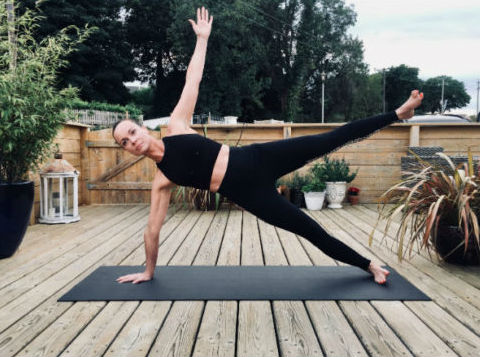
Side Plank
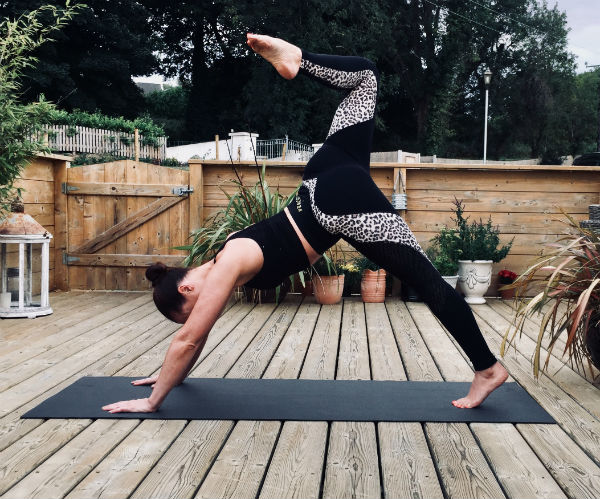

Sthira-Sukham Asanam, Patanjali’s 2.46 sutra, guides us to find comfort and ease alongside stability and strength. The Yoga Sutras of Patanjali are a collection of 196 sutras (threads) on the theory and practice of yoga. I love this sutra; it often guides my classes where the aim is to find ease in the work. This comes with even engagement and lightness in strength.
One of the gifts of yoga and its sister science, Ayurveda, is their ability to engender in us a growing sensitivity to our own prana so that we learn to move through our lives with steadiness (sthira) and ease (sukha) - Yoga International.
If this area is of interest to you, check out the Yogaland Podcast with Andrea Ferretti in which she interviews Jason Crandell about the core: "Summer Series! Aspects of the Core we Tend to Ignore".
Advertised
Niamh Deans teaches a mindful yoga flow in The Samadhi Centre Rathgar and also specialises in corporate and sports yoga. For enquiries check out www.ndyoga.ie or email [email protected] . Follow Niamh on Instagram @ndyogadays and ND Yoga on Facebook to keep up to date.



